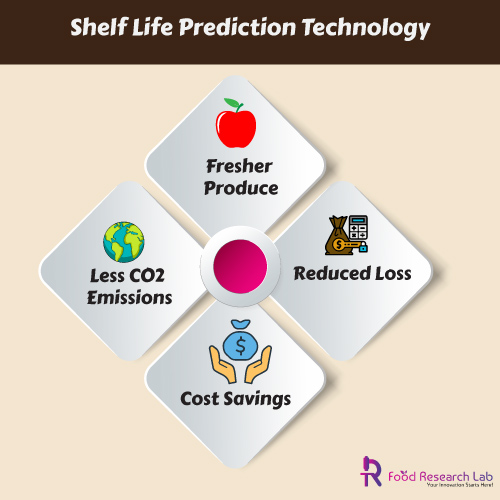
Shelf Life Prediction Technology
1. Spectroscopy
Light is used in spectroscopy to examine the interior state of fruits and vegetables. For food analysis, researchers currently use spectroscopy in a variety of methods. This system measures the shelf life and freshness of fruits and vegetables in real time. You can even combine it with other data to increase accuracy even further.
2. Visualization
Imaging in the visual field as well as imaging outside the visual spectrum can be useful in determining the current status of produce. A smartphone camera evaluates what the human eye sees and is quite excellent at it. However, because much of the ripening process takes place beneath the surface, we can’t see it. Because they can see things that the human eye cannot, spectral cameras can depict more of the ripening and rotting processes.
3. Chemical Evaluation
Ethylene is a gas produced by most fruits during the ripening process. You can predict when fruit will ripen by regularly detecting ethylene levels. However, measuring ethylene in specific foods is tricky because most fruits and vegetables produce it. Artificial ripening also requires ethylene, which limits its use across the supply chain.
Food Research Lab utilizes our critical skills to work for our clients by reformulating products using a standard quantity of ingredients, achieve nutritional requirements, etc. We also help you reduce added sugar, increase protein level, extend shelf life, and improve production consistency for your product.






